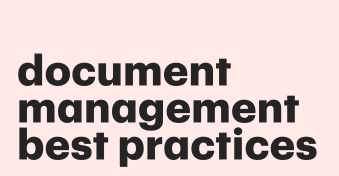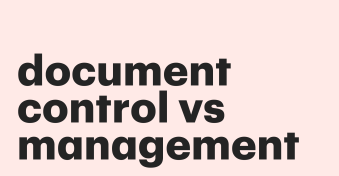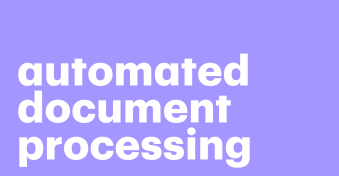A robust and well-defined document retention policy is necessary for any business as these policies help companies maintain transparency and security.
They also ensure you can effectively retrieve and dispose of documents as and when you need to.
But what is document retention?
Document retention is the organized storage, maintenance, and disposal of business records in accordance with legal and regulatory requirements.
In this article, you will learn all about the following:
Key Takeaways
- A document retention policy is a set of guidelines your business creates regarding the handling, storage, and disposal of business documents.
- Business documents must be kept for varying lengths of time, depending on their nature and content. This guide explains how long each document should be kept.
- There are many benefits of a document retention policy, including improved legal compliance and streamlined workflows.
- PandaDoc’s centralized repository system and range of features, such as access controls and version control, can help you create and implement an effective policy for your business.
What is a document retention policy?
A document retention policy (DRP) is a plan created by your business that contains guidelines for storing and managing various documents.
Creating a policy is an essential part of good documentation practices.
A typical DRP covers the following:
- Types of documents: these might include contracts and financial records, for example.
- Retention procedures: where are documents stored, and who has access to them?
- Retention periods: how long your business will store these documents.
- Procedures for disposal: when the retention period is over, how will documents be destroyed?
Your DRP should clearly outline the above and be part of any employee training or onboarding procedures.
Regardless of the seniority of workers, all your staff should be well-versed on what document retention is and your policies surrounding it.
How long do businesses need to keep records?
Different types of documents require different retention periods.
You’ll need to take into account legal requirements and industry standards as well as the nature of the document.
There are several laws and regulations in place that cover how businesses should handle and dispose of documents.
These include:
- The Sarbanes-Oxley Act (SOX). This mandates strict policies for financial reporting by public trading companies and requires the retention of financial documents for at least seven years.
- The Internal Revenue Code. Tax codes, such as the Internal Revenue Code, may require businesses to retain financial records such as receipts and invoices.
- The Health Insurance Portability and Accountability Act (HIPAA). This law governs the security of health data, typically requiring companies to hold onto health records for six years.
- The Occupational Safety and Health Administration (OSHA). OSHA relates to accidents and injuries at work and anything regarding safety training or work-related illnesses. There are different periods for different documents, with many needing to be retained for five years.
- The Fair Labor Standards Act (FLSA). In the United States, the FLSA requires employers to retain payroll records for at least three years.
You may still ask, “How long must records be kept then?”.
To help you determine which documents need to be retained for longer, let’s delve into the different types of docs your business might have.
Financial records
- Invoices and receipts. You may need to retain these for tax purposes. Typically, you should hold onto them for at least seven years, as they can be inspected for up to six years after your tax period.
- Bank statements. Like invoices and receipts, you should hold onto bank statements for seven years or more.
- Payroll records. Keep hold of these for at least six years. If an employee leaves, keep hold of their records for three years.
Legal documents and contracts
- Contracts and agreements. Keep these for the length of the agreement plus an additional six years after the contract expires. This includes customer contracts and vendor agreements.
- Corporate governance documents. These important documents include your liability and insurance policies and any certificates of incorporation, along with your tax returns. You should hold onto these permanently.
- Deeds, mortgages, and bills of sale. Keep hold of these permanently.
- Patent and trademark registrations. Retain these permanently too.
Employee records
- Personnel files. Retain these for the duration of employment and then three years after that. That said, if you fire an employee, hold onto their records for longer in case legal issues arise.
- Health and safety records. The nature of these documents can vary. For example, anything related to harmful substances must be kept for 30 years after an employee leaves. Accident report documents should be held onto for five years following an employee’s exit. Research the mandated period for specific documents and hold onto them for that time.
- Hiring records. Any job adverts, along with applications and resumes, should be kept on file for a year, just in case of any disputes or if the selected candidate leaves.
The benefits of document retention policies
Legal compliance
The main benefit of a robust document retention and destruction policy is that it helps ensure you meet any legal requirements relating to the retention of business documents.
Good business document management ensures you don’t receive fines or penalties and helps you avoid future legal complications caused by missing documents.
Risk mitigation
Your retention policy should also include guidelines for document storage. This protects your business from potential data breaches.
You should have a plan in place for handling and storing documents securely, with different access levels for different employees.
By setting a precise time limit on how long documents need to be retained, you can also ensure you’re destroying any sensitive data that doesn’t need to be held any longer.
This lowers the risk of data breaches and allows you to focus on securing the data you need to store.
Streamlined operations
An effective document retention plan also helps you streamline various business operations, such as contract management and tax returns.
You can improve your business’s productivity by making sure documents are clearly labeled and categorized.
Your DRP will also make it easier for documents to be quickly retrieved.
Audit preparation
Audits and inspections are an inevitable part of running a business. They can often happen unexpectedly, so you need to be prepared.
With a DRP in place, you can be as ready as possible for sudden audits or last-minute inspections.
Is a nonprofit document retention policy different?
Generally, a document retention policy for nonprofits is the same as for any other business.
You should adhere to legal guidelines regarding document storage and not destroy or falsify data as a means to impede any legal proceedings or inspections.
Nonprofits will often handle sensitive donor or recipient data.
If you run one, you’ll already know the importance of trust and transparency. So, storing this data securely is essential.
Meeting document retention policy best practices with PandaDoc
An effective document retention policy is essential to any business that wants to meet legal requirements and improve its overall document handling procedures.
Luckily, PandaDoc offers a range of tools that can help with this.
Here’s a guide to creating and implementing a document retention policy template with our help.
1. Use a centralized document repository
All your documents should be stored in a single, centralized repository.
You can use PandaDoc for this and store all your documents in one secure location.
Our platform lets you easily access and retrieve documents when needed, so you’ll always be ready for tax returns or inspections.
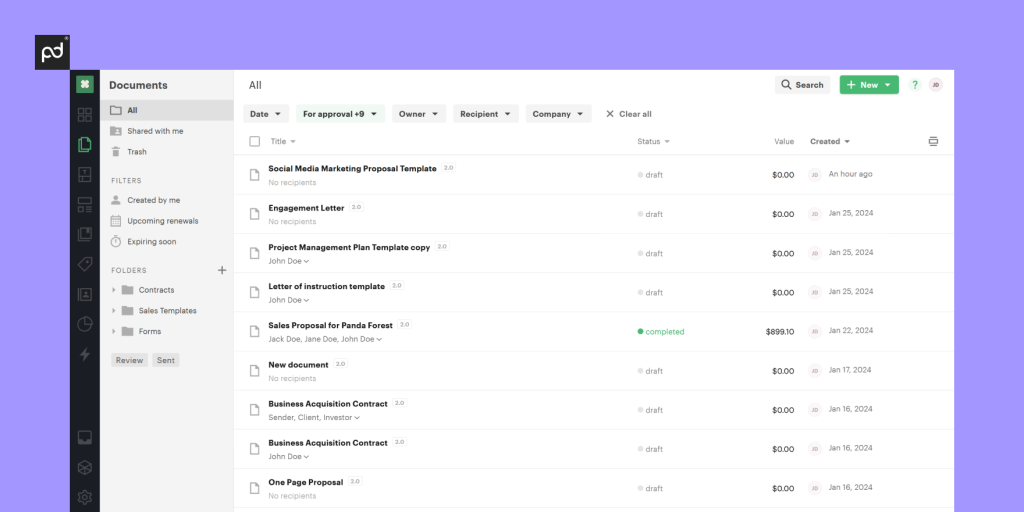
2. Leverage version control tools
PandaDoc offers various version control features and document tracking software to allow you to keep track of any document changes over time.
This helps you maintain a clear audit trail, giving you extra authority over how your documents have been handled should you undergo an audit.
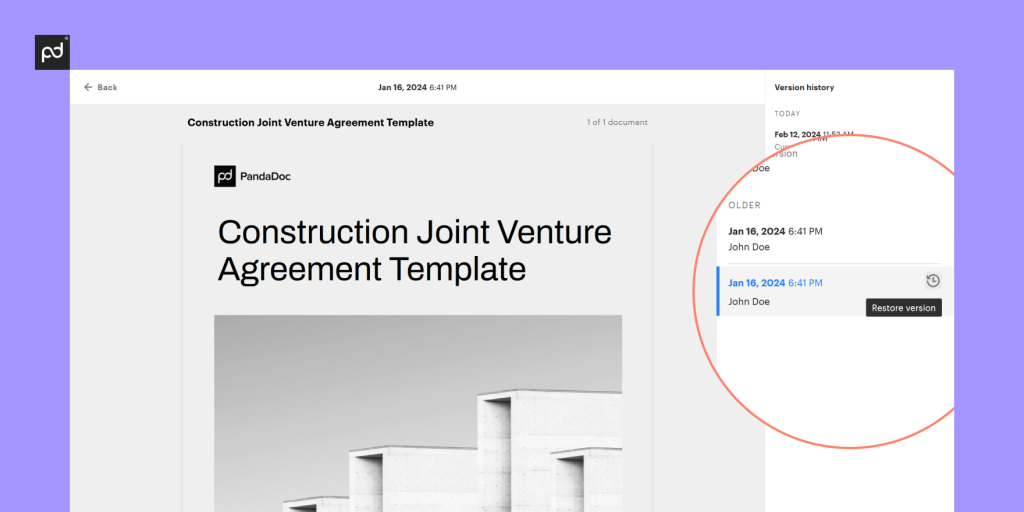
3. Use automated workflows
With PandaDoc, you can also design automated workflows to help you implement a seamless document retention policy.
This might mean setting up reminders for document destruction and notifications for any document reviews or updates.
All this makes it easier for you and your employees to adhere to your policy.
4. Easily create access controls
We’ve already mentioned the importance of setting up explicit permissions and access levels for different employees.
This is easily done with PandaDoc.
With our access control features, you can set files to only be accessible to users with specific roles and implement additional security measures like document passwords.
5. Tag and categorize your documents
PandaDoc even has a tagging system that allows you to tag and categorize different documents.
This makes document storage and retrieval much simpler and more streamlined.
6. Use PandaDoc’s training sessions and resources
Finally, PandaDoc has many training options and document resources.
These include webinars and sessions on how to use PandaDoc and safely store documents.
You can also leverage PandaDoc’s extensive library of document templates.
This helps you quickly generate the documents you need for your business, ensuring nothing is missed.
Why not reach out to our team today to learn more?
